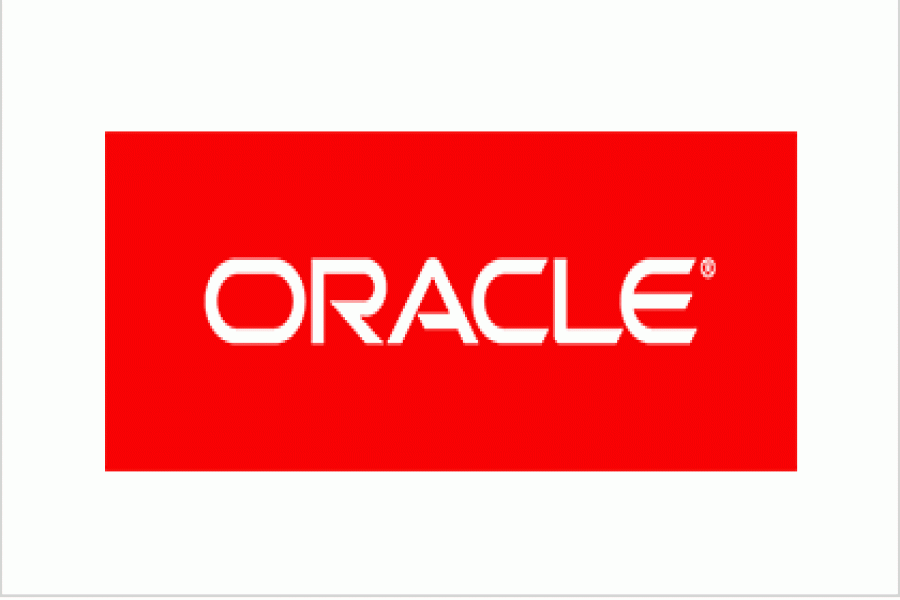While much of the discussion around 5G has centered on consumer devices, enterprises are looking towards the tremendous impact the technology can have on their ability to serve customers and the bottom line.
Not only are most companies (97 percent) aware of the benefits of 5G, but 95 percent are already strategically planning how they will take advantage of this next generation of wireless connectivity to power core business initiatives from new services, to IoT and smart ecosystems.
The Oracle Communications study, “5G Smart Ecosystems Are Transforming the Enterprise – Are You Ready?,” surveyed 265 enterprise IT and business decision makers at medium and large enterprises globally in December, 2018 to find out how businesses are thinking about 5G today and its potential significance moving forward.
“Enterprises clearly want to capitalize on the promise of 5G, however, to be successful, IT and business leaders must avoid thinking of 5G as just another ‘G,’ and should instead consider it as an enabler to the smart ecosystem we have long talked about,” said Doug Suriano, senior vice president and general manager, Oracle Communications. “This means asking the right questions at the outset, and considering how 5G can help enable upcoming solutions, what timeframe should be considered and how will they will procure and use 5G capabilities as part of their business evolution.”
Born in the cloud, 5G will have the ability to enable enterprises to provision or “slice” core pieces of their networks to power mission-critical new offerings and smart ecosystems. This can range from anything to providing the highest speed connections for life-saving 911 services, to enabling autonomous vehicles to communicate with each other quickly; to ensuring IoT devices in smart factories are providing real-time information on the health of machines and assets.
Outside specific initiatives, respondents believe 5G will have a wide-spread impact across their business, including increasing employee productivity (86 percent), reducing costs (84 percent), enhancing customer experience (83 percent), and improving agility (83 percent). Business decision makers are most focused on quality of experience the technology will bring, while IT is concerned with network speed and resiliency.


